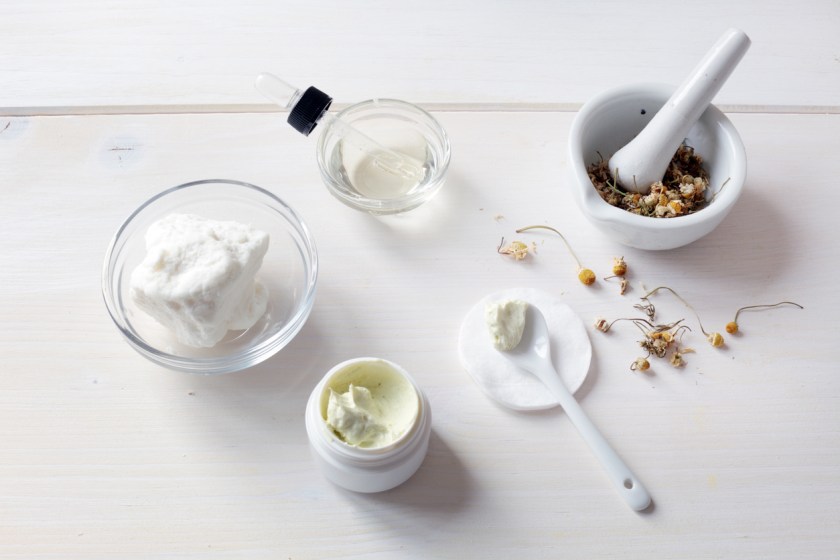Australian Organic; the country’s leading organic industry body, today released their highly-anticipated annual 2019 Australian Organic Market Report, covering the calendar year of January 1 – December 31, 2018. This year is the seventh Australian Organic Market Report, which aims to assist provide industry, governments, media, researchers, representative organisations and others with a broad spectrum market status, to identify potential areas of growth, and to report on areas of significance.
According to the latest stats, the demand in Australia for certified organic products is skyrocketing, with $1.93 billion dollars generated in domestic sales for 2018 across a wide range of products –up $256 million from the previous year. Cosmetics, health and beauty is the 6th most profitable category on the market (as seen in the table below).
With the demand for organic products so high, it is reported that Australian consumers are now more than ever seeking out clarity and visible information when it comes to their product selection, with some 55% of Australian organic buyers saying they look for a certification logo on labels to check if a product is actually organic.
The Australian Organic Market Report also found 65% of Australian households are now buying organic product or produce of some variety yearly – an annual rise of five per cent. Fruit and veg, non-alcoholic beverages, and cosmetics and health products are the most in-demand organic items.
Australian Organic General Manager Niki Ford says the massive increase may reflect greater recognition of the industry’s distinctive bud logo on products, which is now recognised by more than 50% of consumers.
“Unfortunately, there’s been a raft of non-certified products in the market purporting to be organic when they’re not,” she said. “Given this, the amount of people checking for a certification logo on the label to check if a product is organic is now significantly higher compared to the recognition factor of just 34 per cent in 2012. More than six in ten shoppers agree that an organic certification mark would increase their trust in organic products, with over a quarter (29 per cent) saying that an organic certification mark would have a strong level of influence over their organic purchase decisions.”
The boom can absolutely be seen throughout the professional skincare industry too, with ‘clean beauty’ going above and beyond just naturally derived to those with genuine certifications. A testament to this is the continued success of Certified Organic skincare such as MAAEMO, Clemence, Inika, Mukti and Organic Spa – just to name a few favourites!
TOP PERFORMING ORGANIC SECTORS AND COMMODITIES 2018 ACCORDING TO TOTAL DOMESTIC RETAIL + EXPORTS
| Sector/commodity | Total (Domestic Retail + Exports) ($M) | Domestic Retail ($M) | Export ($M) | Processing ($M) |
| Vegetables | 845 | 804 | 41 | 594 |
| Beef & veal | 550 | 196 | 354 | 543 |
| Non-alcoholic beverages (inc. tea and coffee) | 450 | 423 | 27 | 348 |
| Fruit | 225 | 167 | 58 | 164 |
| Other Processed/ready to eat foods | 207 | 196 | 11 | 160 |
| Nuts | 126 | 55 | 71 | 107 |
| Cosmetics, health & medicinal, beauty & personal care | 148 | 136 | 12 | 110 |
| Eggs | 68 | 64 | 4 | 60 |
| Other alcoholic beverages (exc.wine) | 66 | 38 | 28 | 64 |
| Lamb and sheep meat | 59 | 18 | 41 | 65 |
| Sauces & condiments | 51 | 48 | 3 | 40 |
| Bread & bakery products | 40 | 36 | 4 | 31 |
| Soya products | 33 | 27 | 6 | 26 |
| Desserts | 23 | 20 | 3 | 18 |
| Poultry meat | 17 | 17 | – | 16 |
| Noodles, pasta, cous cous etc | 3 | 3 | 0 | 2 |
| Pig meat | 0.5 | 0.5 | – | 0.5 |
| Goat meat | 0.1 | 0.1 | – | 0.1 |
For more news and updates, subscribe to our weekly newsletter.




